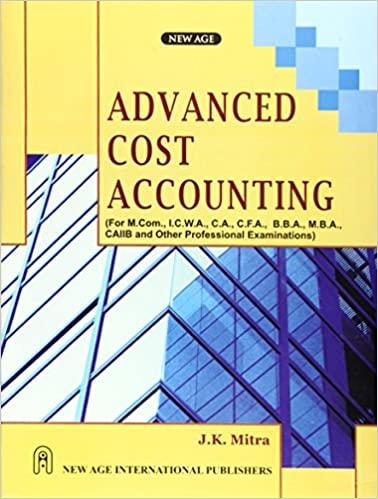Question
1. Moon and Sons Inc. earned $200 million last year and retained $100 million. What is the payout ratio? (Do not round intermediate calculations. Input
1.
Moon and Sons Inc. earned $200 million last year and retained $100 million.
What is the payout ratio? (Do not round intermediate calculations. Input your answer as a percent rounded to 2 decimal places.)
|
2.
Phillips Rock and Mud is trying to determine the maximum amount of cash dividends it can pay this year. Assume its balance sheet is as follows:
| Assets | ||
| Cash | $ | 323,000 |
| Accounts receivable | 851,000 | |
| Fixed assets | 992,000 | |
| Total assets | $ | 2,166,000 |
| Liabilities and Stockholders' Equity | ||
| Accounts payable | $ | 510,000 |
| Long term payable | 296,000 | |
| Common stock (280,000 shares at $1 par) | 280,000 | |
| Retained earnings | 1,080,000 | |
| Total liabilities and stockholders' equity | $ | 2,166,000 |
a-1. From a legal perspective, what is the maximum amount of dividends per share the firm could pay? (Do not round intermediate calculations and round your answer to 2 decimal places.)
|
a-2. Is this realistic?
| Yes | |
| No |
b. In terms of cash availability, what is the maximum amount of dividends per share the firm could pay? (Do not round intermediate calculations and round your answer to 2 decimal places.)
|
c. Assume the firm earned an 12 percent return on stockholders equity last year. If the board wishes to pay out 70 percent of earnings in the form of dividends, how much will dividends per share be? (Do not round intermediate calculations and round your answer to 2 decimal places.)
|
3.
Ace Products sells marked playing cards to blackjack dealers. It has not paid a dividend in many years, but is currently contemplating some kind of dividend.
The capital accounts for the firm are as follows:
| Common stock (2,100,000 shares at $5 par) | $ | 10,500,000 |
| Capital in excess of par* | 3,000,000 | |
| Retained earnings | 26,500,000 | |
| Net worth | $ | 40,000,000 |
*The increase in capital in excess of par as a result of a stock dividend is equal to the new shares created times (Market price Par value).
The companys stock is selling for $20 per share. The company had total earnings of $4,200,000 during the year. With 2,100,000 shares outstanding, earnings per share were $2. The firm has a P/E ratio of 10.
a. What adjustments would have to be made to the capital accounts for a 10 percent stock dividend? Show the new capital accounts. (Do not round intermediate calculations. Input your answers in dollars, not millions (e.g. $1,230,000).)
|
b. What adjustments would be made to EPS and the stock price? (Assume the P/E ratio remains constant.) (Do not round intermediate calculations and round your answers to 2 decimal places.)
|
c. How many shares would an investor end up with if he or she originally had 130 shares? (Do not round intermediate calculations and round your answer to the nearest whole share.)
|
d. What is the investor's total investment worth before and after the stock dividend if the P/E ratio remains constant? (Do not round intermediate calculations and round your answers to the nearest whole dollar.)
|
Step by Step Solution
There are 3 Steps involved in it
Step: 1

Get Instant Access to Expert-Tailored Solutions
See step-by-step solutions with expert insights and AI powered tools for academic success
Step: 2

Step: 3

Ace Your Homework with AI
Get the answers you need in no time with our AI-driven, step-by-step assistance
Get Started


